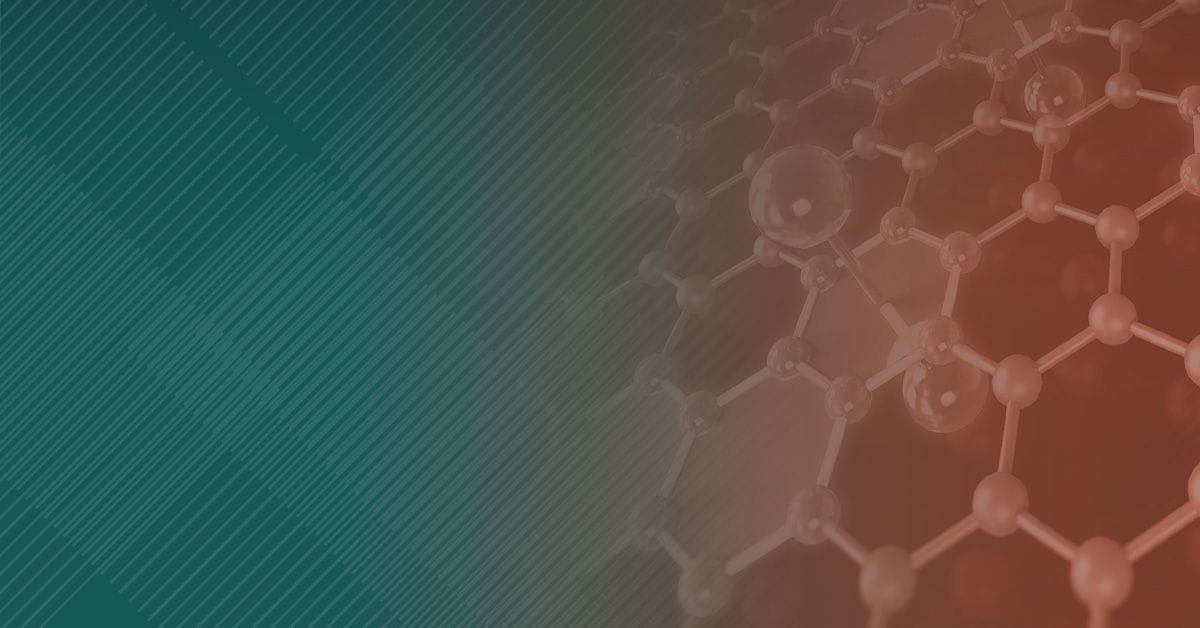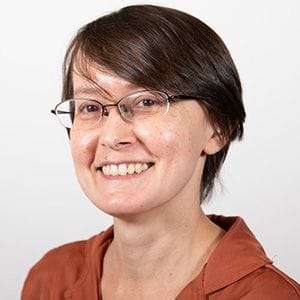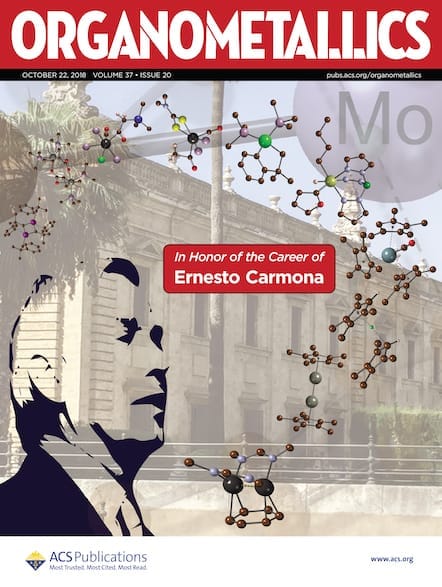Dr. Khusnutdinova is recognized for developing new first-row transition-metal compounds using multidentate ligand platforms for catalysis and materials applications. Learn more about her exceptional research in this exclusive interview.

Organometallics, in partnership with the ACS Division of Organic Chemistry and the ACS Division of Inorganic Chemistry, is proud to announce the winner of the 2024 Distinguished Author Award:
Julia Khusnutdinova, Okinawa Institute of Science and Technology, Japan
This award recognizes authors of exceptional articles published in Organometallics in the previous two calendar years that emphasize the importance of organometallic chemistry and have had a profound impact on the field. Dr. Khusnutdinova is recognized for developing new first-row transition-metal compounds using multidentate ligand platforms for catalysis and materials applications.
Dr. Khusnutdinova will be honored during the ACS Fall Meeting in Denver, Colorado, California, in August 18-22. Learn more about her research below.

Dr. Khusnutdinova received her B.Sc. degree at Kazan State University in Russia. She then moved to the University of Maryland and received her Ph.D. degree in organometallic chemistry in 2009, working on C-H activation with platinum and palladium complexes with Prof. Andrei Vedernikov. She worked as a postdoctoral fellow at Washington University in Saint Louis on palladium(III) complexes with Prof. Liviu Mirica. Dr. Khusnutdinova then obtained a Dean of Faculty postdoctoral fellowship to work at Weizmann Institute of Science, in Israel, in the group of Prof. David Milstein developing ruthenium-catalyzed CO2-to-methanol conversion and utilization of water for oxygenation.
Dr. Khusnutdinova joined OIST in May 2015 as an assistant professor leading the Coordination Chemistry and Catalysis Unit. She was promoted to Associate Professor with tenure in 2021. Her main research directions involve utilization of Earth-abundant metal complexes for selective catalytic transformations and smart materials.
Read the Interview with Dr. Khusnutdinova
What does being recognized by Organometallics mean to you?
First of all, it’s highly rewarding to know that chemistry developed in our group is interesting to the organometallic community, and it’s a great honor to receive such high recognition from my peers and colleagues. It’s also a recognition of the work of all the students and postdocs I had the pleasure to work with over the past several years at OIST, and I’m grateful to all current and past group members as it wouldn’t be possible without their dedication and enthusiasm. It’s great professional recognition for the group. When I first entered the field of organometallic chemistry, working on my first catalytic reaction in my sophomore year as an undergraduate and reading old papers from Organometallics at the library, I’d never would have thought that many years later I’d become a chemistry professor in Japan and get this award from the journal that helped me so much in shaping my path and knowledge. Organometallics has been a constant companion throughout my chemistry career, so personally it also means a lot.
How would you describe your research to someone outside your field of research?
Chemical transformations sometimes require a great amount of energy or suffer from a lack of efficiency or selectivity that could make the whole process economically unsustainable or produce too many waste products. By using metals that can interact and form bonds with organic or inorganic substrates, we find alternative pathways to transform molecules that require less energy or lead to desirable selectivity. We can even use the energy provided by light to get useful products in a less expensive or more environmentally friendly way. Without organometallics and the chemical transformations they enable, we wouldn’t be able to use the products we need in our everyday life, from plastics to agricultural fertilizers and pharmaceuticals.
What do you think is the biggest challenge currently in your area of research?
Obtaining competitive results by using less toxic and less expensive metals and reagents as compared to conventional established catalytic/synthetic methods. Using light or mechanical stimulus to induce selective chemical changes. This will eventually help to create more sustainable and safe processes for chemical industry and fine synthesis.
What is next in your research?
We’ll probably try to move to other metals or even main-group elements and try more challenging bond activation. It’s difficult to predict, as we always start off with some good ideas, but after receiving feedback from reality, the original idea may evolve in many different ways, which is what I like the most in organometallic chemistry. You need to start by asking some good questions, but you never know exactly where you will end up, as long you observe carefully and pay attention especially to those results that were not expected.
Please tell us about your global career path. What brought you to OIST?
My career path in chemistry was very international from the beginning when I first moved to the U.S. to do my Ph.D., but then I moved all the way to the Weizmann Institute to work with Prof. David Milstein in a very international environment. OIST attracted me with the possibility to start building a chemistry group from scratch, in an empty new building, and be able to contribute to how chemistry at OIST will evolve by helping with common instrument purchases. An important factor was the high-trust start-up funding at OIST where I was not limited to any one specific research direction. Other important factors for me were a truly international environment at OIST and policies friendly to female faculty and academic parents. Of course, despite the international environment at OIST and English being the campus language, another factor was the possibility to live in a new and very interesting country, and to try to learn Japanese and about Japanese culture.
What do you wish you knew before you started studying organometallics?
I wish I had started studying it in high school! I always preferred organic chemistry with its more complicated and beautiful structures and biological activity, but the inorganic chemistry that was offered at the school didn’t seem exciting to me at that time. The idea of combining the elements from all across the Periodic Table with organic molecules and using them for complicated transformations of small inorganic molecules or organic substrates is a good way to teach creativity in chemistry, where you’re not limited by standard textbook content. Organometallic chemistry is a very intellectually stimulating field, which constantly demands you to learn new characterization techniques and computational methods.

